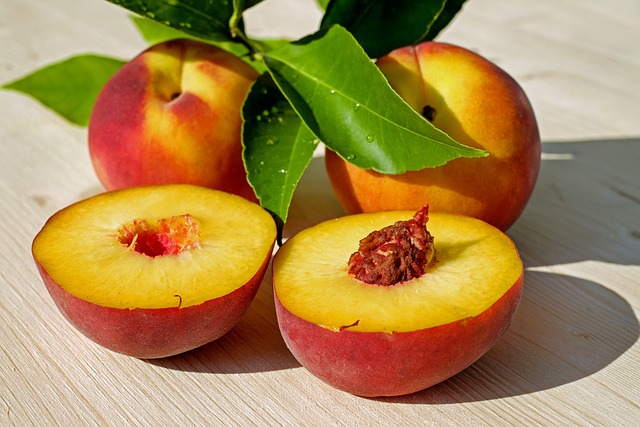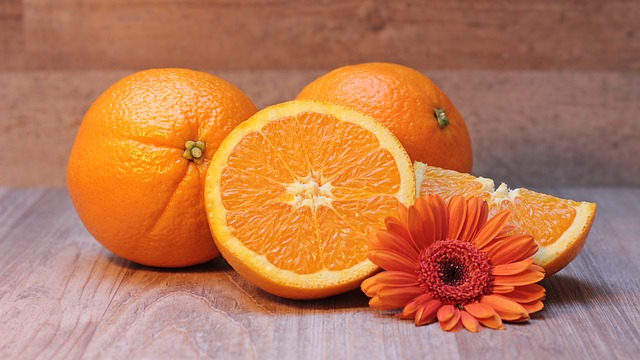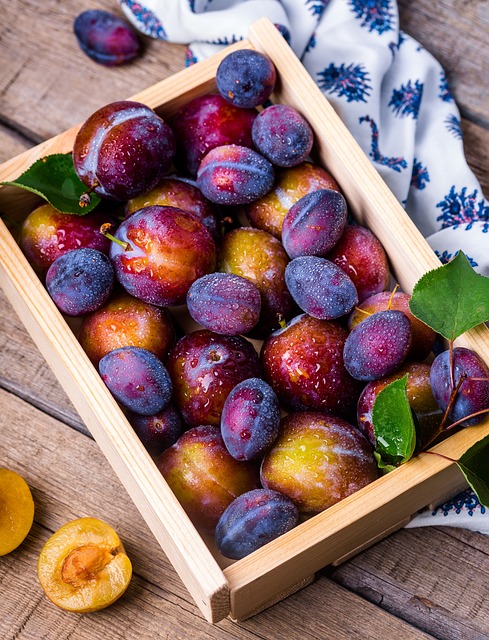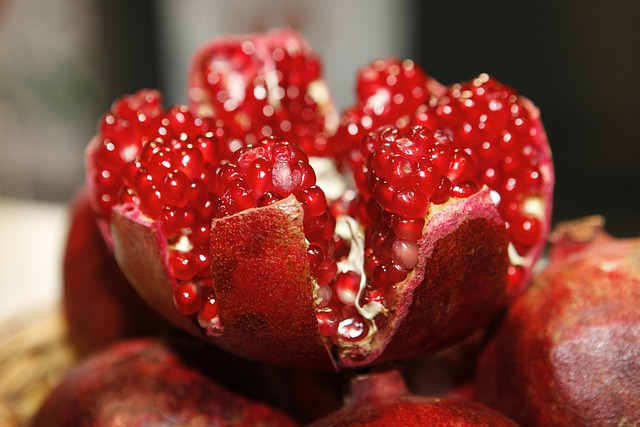Blog: Beyond Yogurt: Unconventional Ways to Incorporate Probiotics into Your Diet
Probiotics have gained significant attention in recent years for their potential health benefits. These live microorganisms are known to promote a healthy gut by balancing the bacteria in our digestive system. While yogurt is a popular source of probiotics, there are plenty of other unconventional ways to incorporate these beneficial bacteria into your diet. In this blog, we’ll explore some unique and delicious ways to enjoy probiotics beyond traditional yogurt.
1. Kombucha
Kombucha is a fermented tea that has been consumed for centuries due to its incredible health benefits. It is made by fermenting sweetened tea with a SCOBY (symbiotic culture of bacteria and yeast). This fermentation process produces a tangy and fizzy drink that is not only refreshing but also rich in probiotics.
Kombucha comes in various flavors and can be easily found at health food stores or brewed at home. It’s an excellent alternative to sugary soft drinks and provides a natural energy boost.
2. Sauerkraut
Sauerkraut, a popular side dish of fermented cabbage, is not only delicious but also a great source of probiotics. The fermentation process helps to break down the cabbage, making it easier to digest and increasing nutrient availability. Additionally, sauerkraut contains various vitamins and minerals that support overall wellness.
Consider adding a scoop of sauerkraut to your next salad or sandwich. Its tangy flavor will add a wonderful twist to your meal while providing your gut with a healthy dose of probiotics.
3. Kimchi
Kimchi, a staple in Korean cuisine, is another fermented delight that is loaded with probiotics. It is typically made with napa cabbage, radishes, and a variety of spices, creating a unique and pungent flavor profile.
In addition to probiotics, kimchi is also rich in vitamins A, B, and C, as well as antioxidants. Its spicy kick makes it a fantastic accompaniment to rice dishes, noodles, or wraps. If you enjoy spicy food, kimchi will surely satisfy your taste buds while providing numerous health benefits.
4. Miso
Miso, a traditional Japanese seasoning, is produced by fermenting soybeans with salt and a specific fungus called koji. The result is a thick paste with a deep umami flavor that can be used to enhance a variety of dishes.
Not only does miso offer an abundance of probiotics, but it’s also a good source of essential amino acids, vitamins, and minerals. Add a spoonful of miso paste to your soups, stews, or dressings to infuse them with a savory, probiotic boost.
5. Tempeh
Tempeh is a vegetarian protein source made from fermented soybeans. It has a firm texture and nutty flavor, making it a popular meat substitute in many dishes.
Thanks to the fermentation process, tempeh is not only high in probiotics but also easier to digest compared to regular soybeans. It’s a versatile ingredient that can be used in stir-fries, sandwiches, or even as a burger patty alternative.
So, if you’re looking to diversify your probiotic intake while enjoying a protein-packed meal, give tempeh a try!
Conclusion
While yogurt is undeniably a convenient and tasty source of probiotics, there’s no need to limit ourselves to this single option. Incorporating a variety of fermented foods like kombucha, sauerkraut, kimchi, miso, and tempeh into our diet can provide us with a range of probiotic strains and add exciting flavors to our meals.
Experiment with these unconventional probiotic sources, and discover new ways to support your gut health while enjoying delicious, fermented foods!







